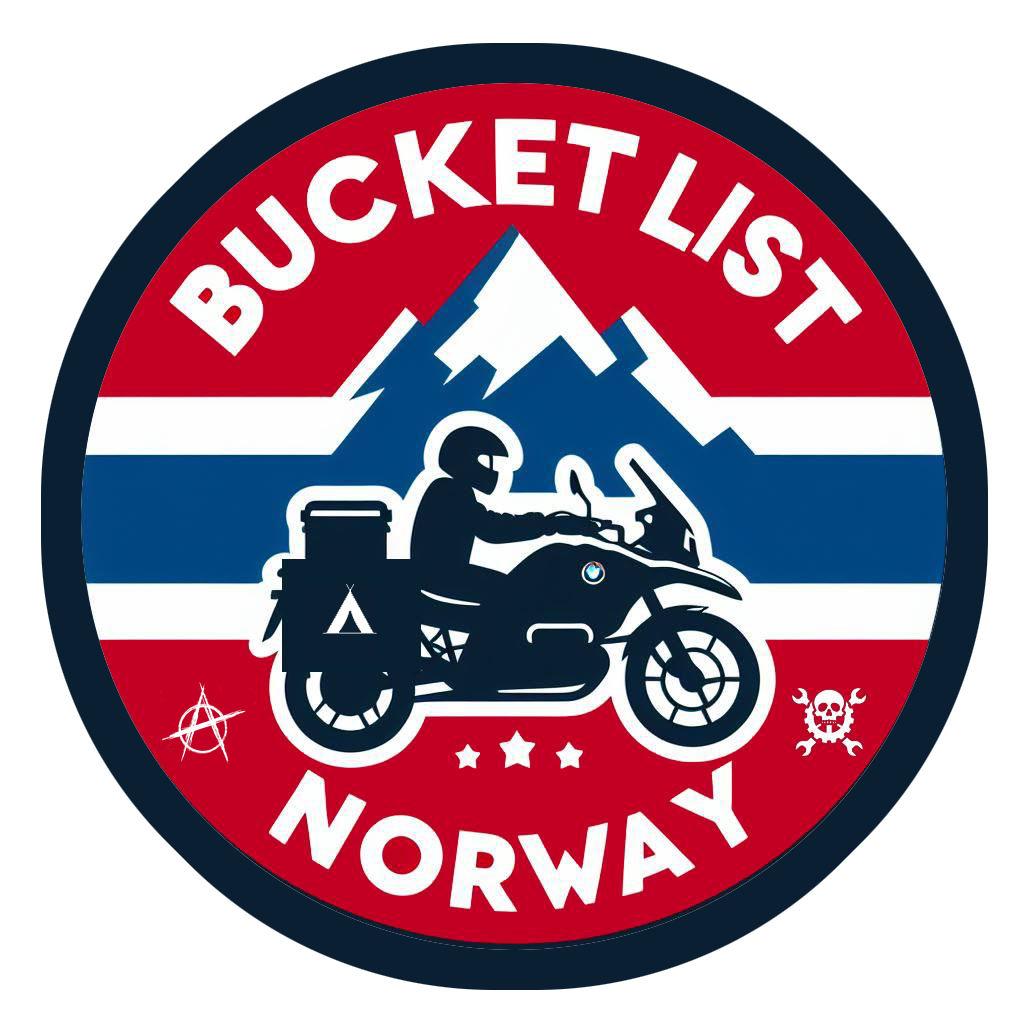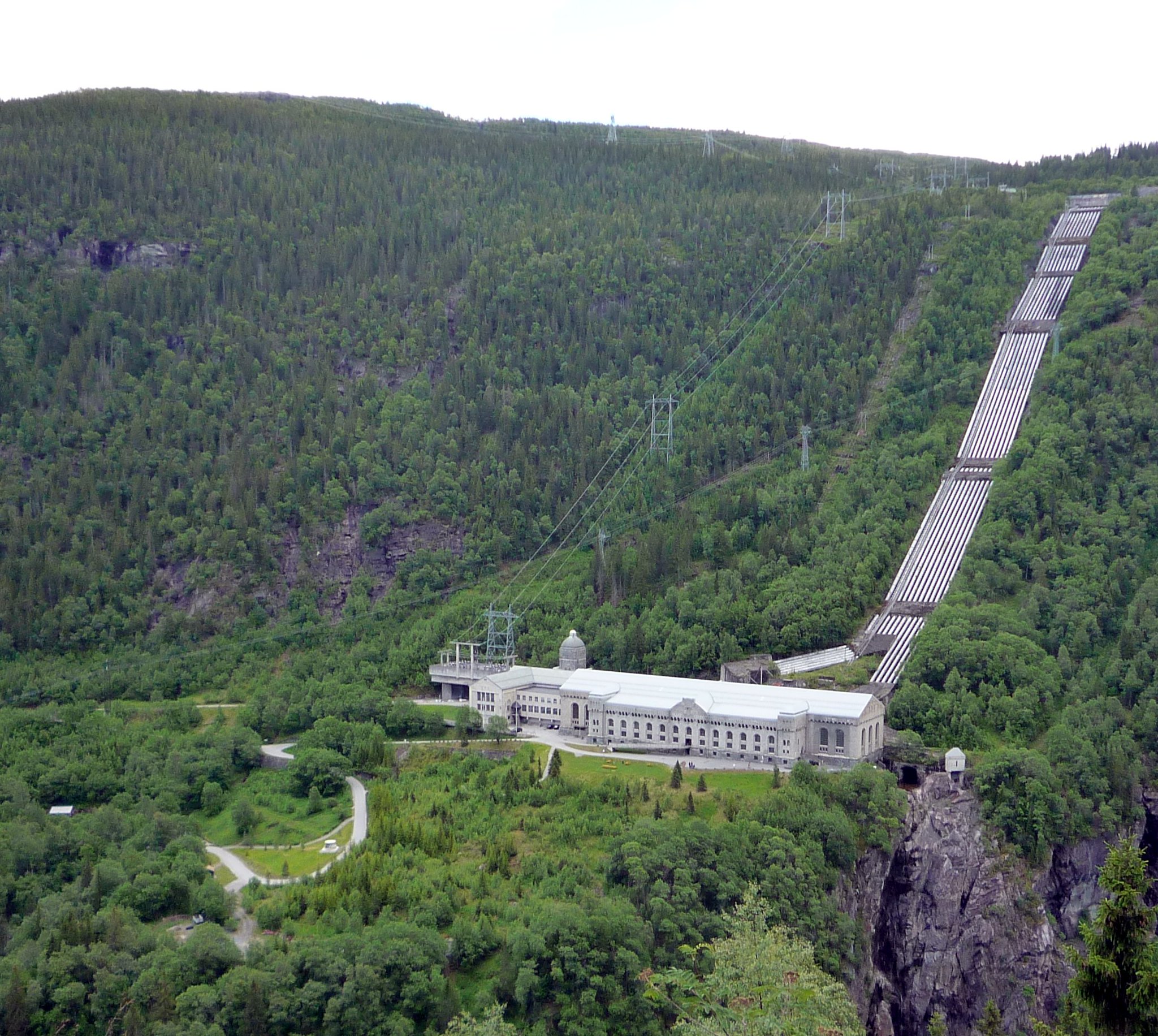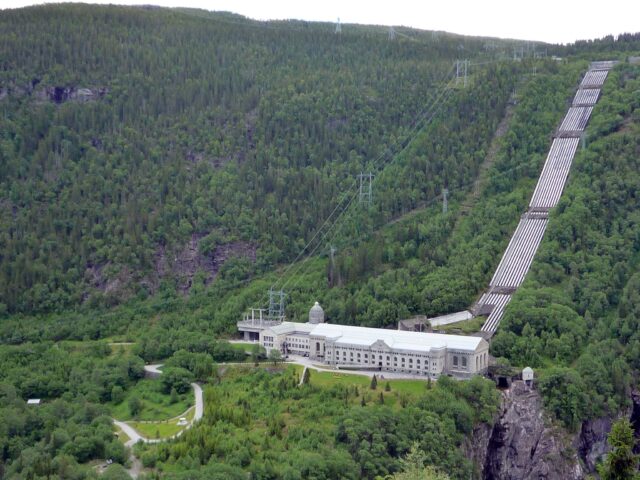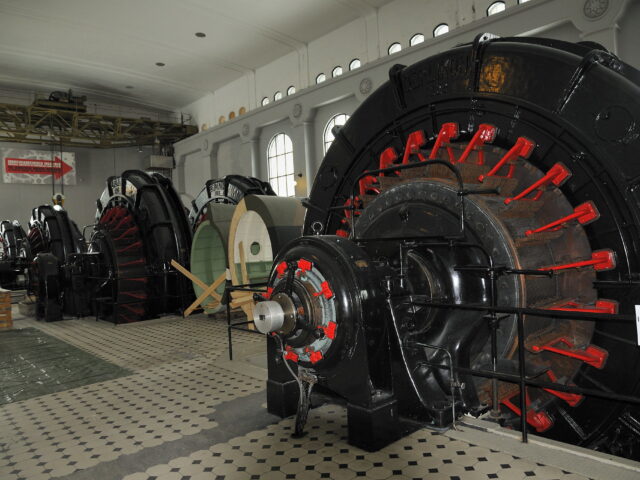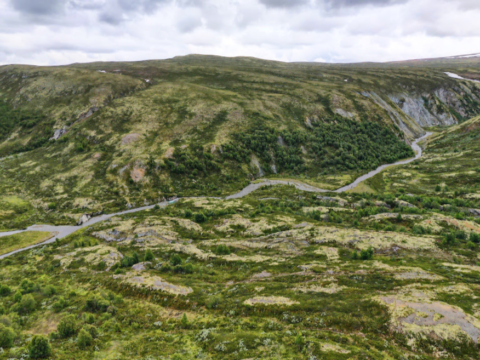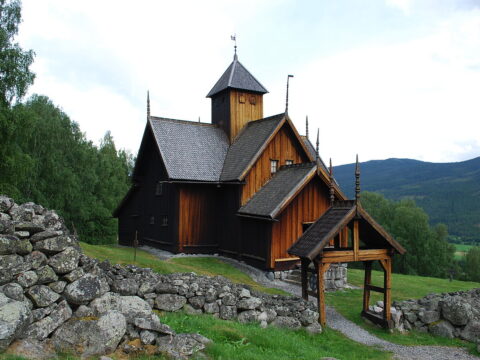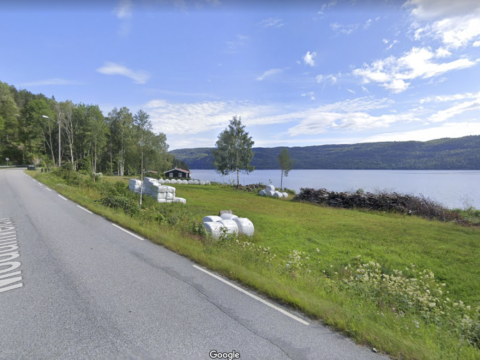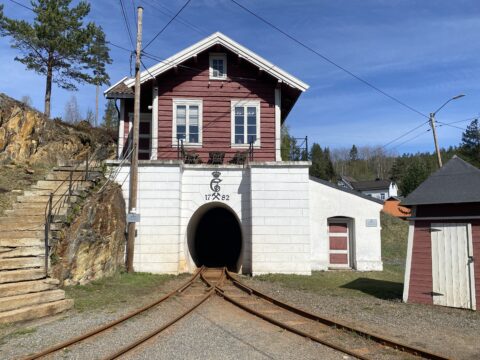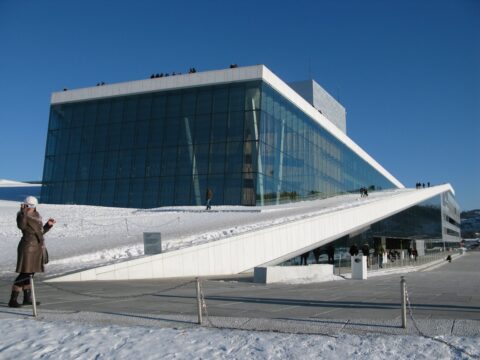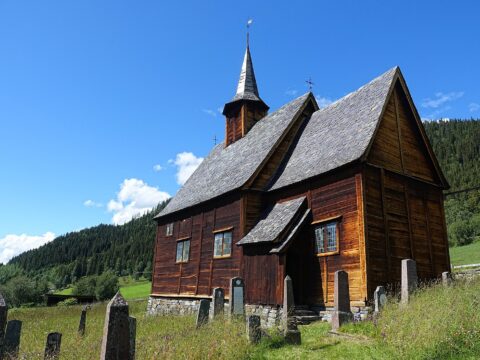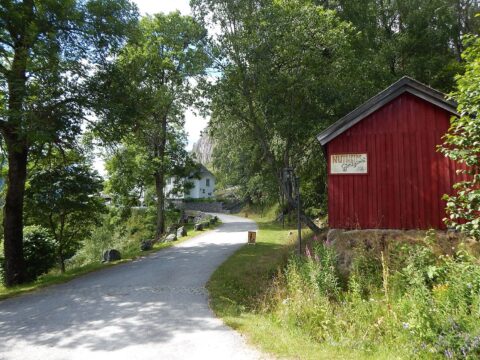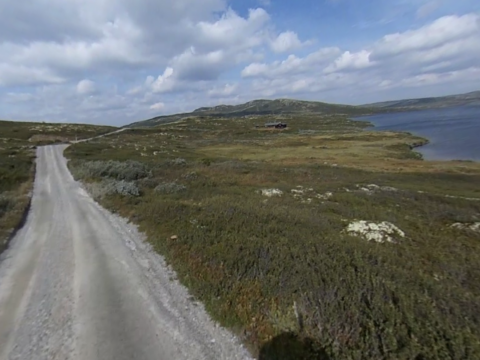The Rjukan – Notodden Industrial Heritage Site is a UNESCO World Heritage Site protects the industrial landscapes in and around the towns of Rjukan and Notodden. It represents a universal value to a new global industry in the early 1900s. UNESCO added the site to the World Heritage list in 2015.
The site is located in a dramatic landscape of mountains, waterfalls, and river valleys. It comprises hydroelectric power plants, transmission lines, factories, transport systems and towns. Norsk Hydro established it to manufacture artificial fertilizer from nitrogen in the air. In turn, this met the Western world’s growing demand for agricultural production in the early 20th century.
Why UNESCO listed?
The industrial towns of Rjukan and Notodden in Telemark county in Norway are outstanding examples of a ground-breaking industrial development. It is a testament to the social transformation that took place at the beginning of the 20th century. This was a time when scientific and technological progress interlocked with economic and political factors. It’s often referred to as «the second industrial revolution».
Water from the lake Møsvatn at Hardangervidda is channelled through tunnels and pipes to the power plant in Rjukan. The hydroelectric plant produced electricity to power the Norwegian invention “the electric arc”. The electric arc produced nitric oxide from the air, through heat. This was in turn used to make fertilizer on an industrial scale – making it possible to increase food production not only in Norway, but in the whole world. For Norway, this marks the change from a poor peasant society to a modern welfare society.
Huge site
The Rjukan — Notodden site stretches almost 100 km from Møsvatn lake to Notodden. It includes 97 structures and buildings considered to be cultural significant. Examples of such structures are the power plant Vemork, Rjukan Line and the Tinnoset Line – two railways with corresponding train ferries. Other examples are the factory towns of Notodden and Rjukan, built by Tinfos and Norsk Hydro, including homes and other town buildings.
In this Bucket list, I have included the heart of this industrial adventure, the hydroelectric power plant, Vemork at Rjukan, and the UNESCO World Heritage centre in Notodden. You can find all the 97 locations here.
Vemork, Rjukan
Upon Vemork hydroelectric power station completion in 1911, it was the largest hydroelectric power plant in the world. Vemork is most famous for its proximity to the events of WWII Operation Gunnerside. The nearby hydrogen plant is known as Vannstoffen (Hydrogen) was sabotaged (due to its production of heavy water used in atomic experimentation) by a group of Norwegian partisans who had initially fled Nazi-occupied Norway. Today, the Vemork power plant building houses the Norwegian Industrial Workers Museum, where the hydroelectric generators are still visible. Here you’ll find an exhibition area, offices, archive, a Café, and a shop.
How to get there
There are tree alternatives routes to get to Rjukan. From the south, you should take road 653 from Sauland. This will give you a snaky climb through beautiful Tuddal and up to the high mountain above the three line. Tuddalsvegen (road 653) is also in my Bucket list. The same goes for Gaustatoppen – which is also on this route along road 653. Gaustatoppen is 1883 meters above sea level, and you can apparently see 1/6 of mainland Norway from here. If you don’t find time for the 3-hour-long hike up, and two hours down, there is actually a train and a lift inside the mountain that can bring you to the top.
If you come from the east, passing through the silver mines in Kongsberg, you can look forward to a curvy trip through forests and along lakes. Next, towards the end-goal of your journey, you ride the lazy curves in a higher speed along the lake Tinnsjø. Here, just as you depart from the lake, you will see an old train ferry. Make sure to stop, as this is one of the protected locations included in the UNESCO site. The finished fertilizer was transported by train from Rjukan to Mæl and the train carriages went by ferry along Tinnsjø.
If you arrive from the south-west, you ride along road 37 from Åmodt via Aurland. I’ve not driven this route, so I can’t describe it. But chances are you have either stopped in Dalen – another great location on my Bucket list (coming soon) – or driven along the road named Myllargutvegen. This is a beautiful detour if you are riding east-west along E134.
RJUKAN WEATHER